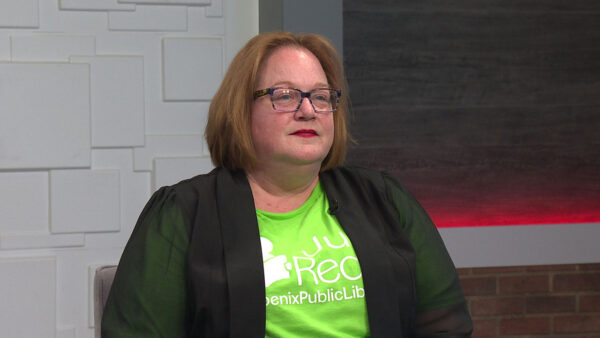Recent findings in COVID wastewater
Feb. 6, 2023
With public health issues like the opioid crisis and the global SARS-CoV-2 pandemic, cities have turned to new technologies to better understand risks to their communities. One of these technologies is wastewater-based epidemiology. It is an emerging field that tracks the types of chemicals and viruses in sewers as a public data tool for municipality-wide public health and safety policies and interventions.
The City of Tempe and ASU joined forces in 2018 to study opioids in the wastewater. However, in 2020 they pivoted to look at COVID. Results are in from a study of the largest waves of the pandemic, from April 2020 through March of 2021. The study’s co-author Devin Bowes sits down with Ted to discuss the recent findings.
“It [WBE] applies essentially similar principles as when you might seek out care if you feel sick from a doctor who may ask you for some type of biological sample,” Bowes said. “WBE takes that concept and ultimately applies it to an entire population.”
Bowes says that this technology can “generate population-level health assessments” in a non-invasive way. The study’s ultimate goal is tracking and forecasting public health.
“It fills in those gaps, informing interventions and allowing us to make near-real time decisions,” said Bowes.
Wastewater-based epidemiology (WBE) reliably predicts the occurrence of SARS-CoV-2 levels in city ZIP codes and sub-ZIP-code communities from six to 11 days ahead of clinical testing results in some regions. It also provided advanced warnings to hospitals and health care centers of upcoming surges up to 16 days in advance.























